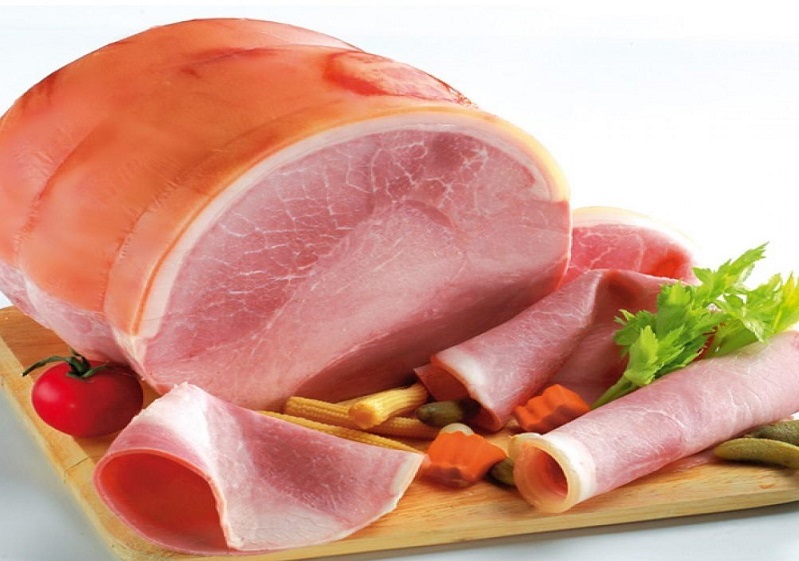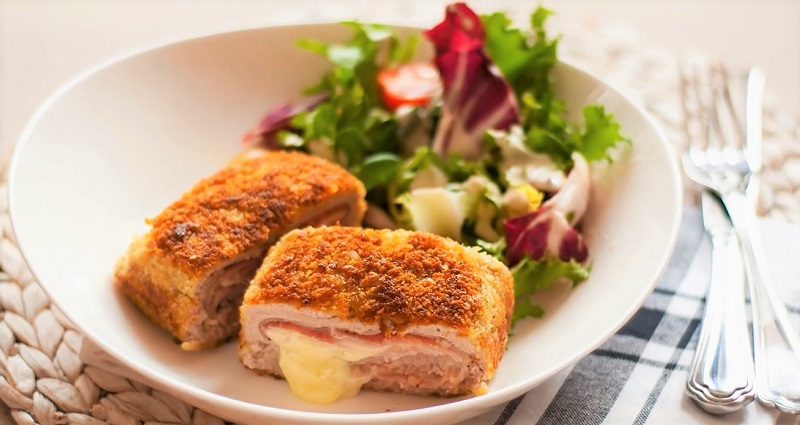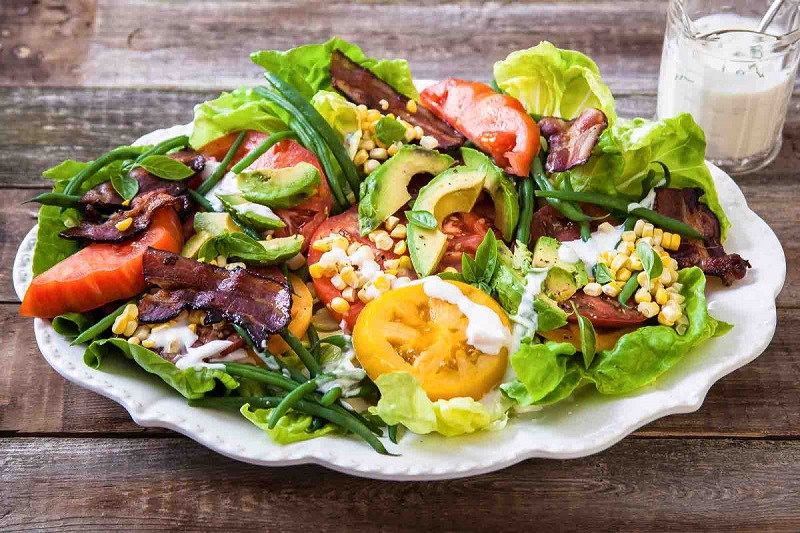1 What is Jambon?
Jambon, or the art of curing pork legs, is a culinary tradition with deep roots in European cuisine. Also known as “dam bông” in many regions, jambon refers to the process of preserving pork legs through curing, drying, and smoking, resulting in a delicious delicacy. Before modern refrigeration, curing pork legs was a common method of preservation, creating two distinct types: dry or raw jambon, and wet or cooked jambon.

Understanding the Two Types of Jambon
Dry Jambon: This traditional method involves rubbing the pork leg with salt and then air-drying or smoking it. This technique preserves the meat for an extended period, and the final product is known for its intense flavor and chewy texture.
Wet Jambon: Here, the pork leg is injected with a brine solution containing spices. The meat is then scalded, smoked, and boiled, resulting in a moister and more tender product. However, due to its higher moisture content, wet jambon has a shorter shelf life and must be stored in a cold place.
Explore the art of jambon further and discover the simple yet mouthwatering recipes it has to offer.

2 Preserving Jambon: A Delicate Balance
When purchasing jambon, it is essential to prioritize food safety and hygiene. Opt for reputable sellers who adhere to high standards. Additionally, pay close attention to the ingredients and avoid products with excessive preservatives.
Proper storage is crucial for jambon. Typically, it is stored in a chiller to extend its shelf life. Fresh, uncooked jambon can be chilled for 5-7 days and frozen for up to 5 months. On the other hand, cooked or seasoned jambon will stay fresh in the chiller for 3-5 days and can be frozen for up to 3 months.

Within these storage periods, jambon will maintain its flavor and texture without compromising your health. However, once the package is opened, consume the jambon within a short period, and ensure it is securely wrapped and stored separately in the refrigerator.
An important note: Canned jambon should be stored in the chiller and not in the freezer to maintain its quality and texture.
3 Culinary Creations with Jambon
Jambon and Cheese Fry: A Match Made in Heaven

Ingredients:
- 10-14 slices of jambon
- 10-14 slices of cheese
- 150g flour
- 150g bread crumbs
- Chopped parsley
Instructions:
Step 1: Create a delicious sandwich by layering 2-3 slices of cheese between two slices of jambon.
Step 2: Dredge the sandwich in flour to create a light coating.
Step 3: For a crispy, flavorful coating, dip the sandwich in bread crumbs mixed with parsley.
Step 4: Fry the sandwich in hot oil until the coating turns a golden, crispy brown.
Step 5: Remove from the oil and drain on a paper towel. Serve hot and pair it with ketchup for a tangy twist.
Jambon Salad: A Refreshing Twist

Ingredients:
- Jambon – 200 g
- Chestnuts – 100 g
- Lettuce – 200 g
- Cucumber – 100 g
- Tomatoes – 100 g
- Bell peppers – 100 g
- Dressing: 1 tbsp olive oil, 1 tbsp vinegar, ½ tbsp mustard, 1 tbsp chopped garlic, ½ tbsp pepper.
Instructions:
Step 1: Wash and thoroughly dry the vegetables to ensure a crisp salad.
Step 2: Slice the jambon, cucumber, bell peppers, and tomatoes into thin, flavorful strips.
Step 3: Prepare the dressing by combining all the ingredients and mixing well.
Step 4: Toss the vegetables and jambon with the dressing, allowing the flavors to marry for 5 minutes. Just before serving, sprinkle with chestnuts for a crunchy surprise.
We hope this article has inspired you to explore the wonders of jambon and incorporate it into your culinary creations. For more exciting recipes, be sure to visit [website link].






























